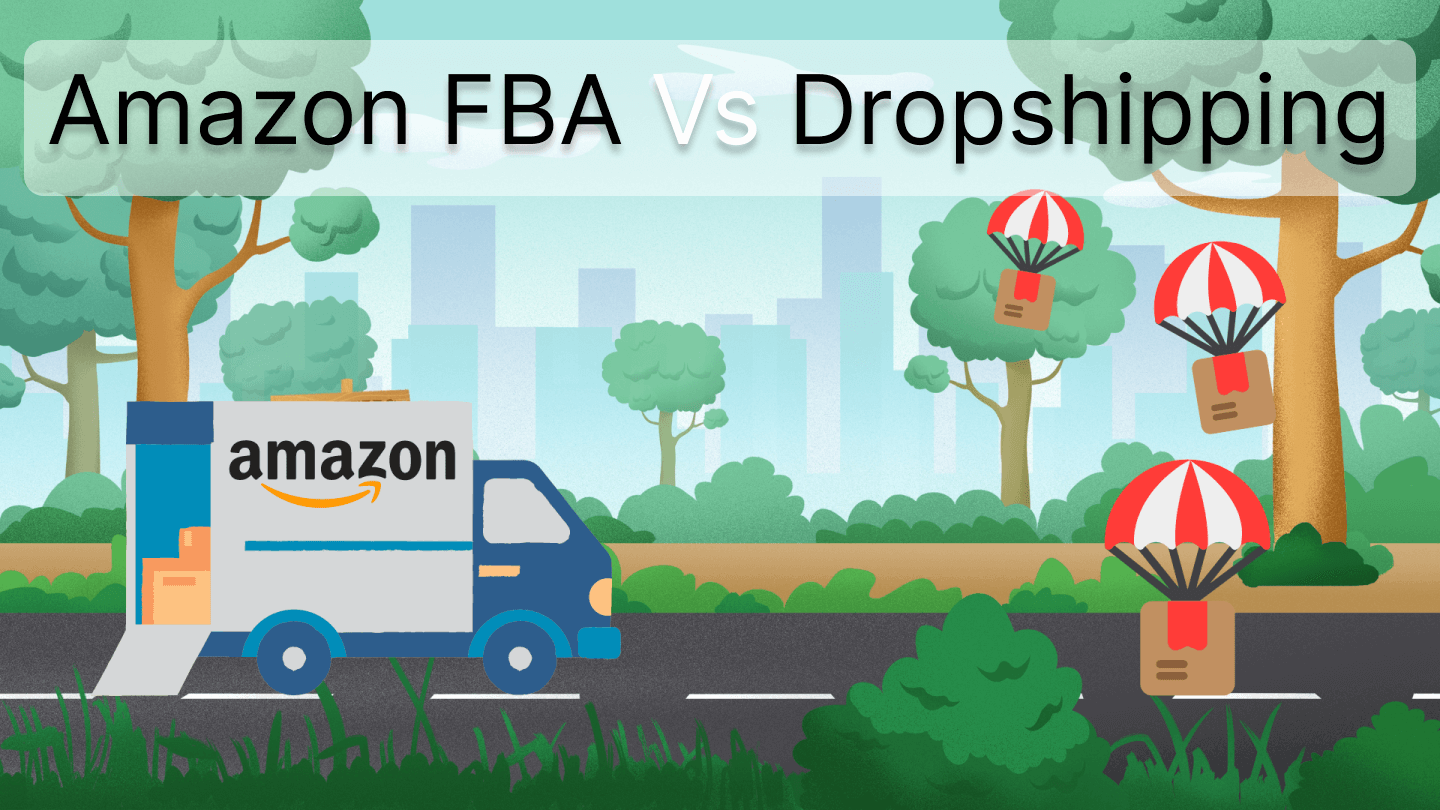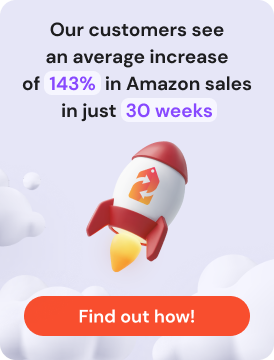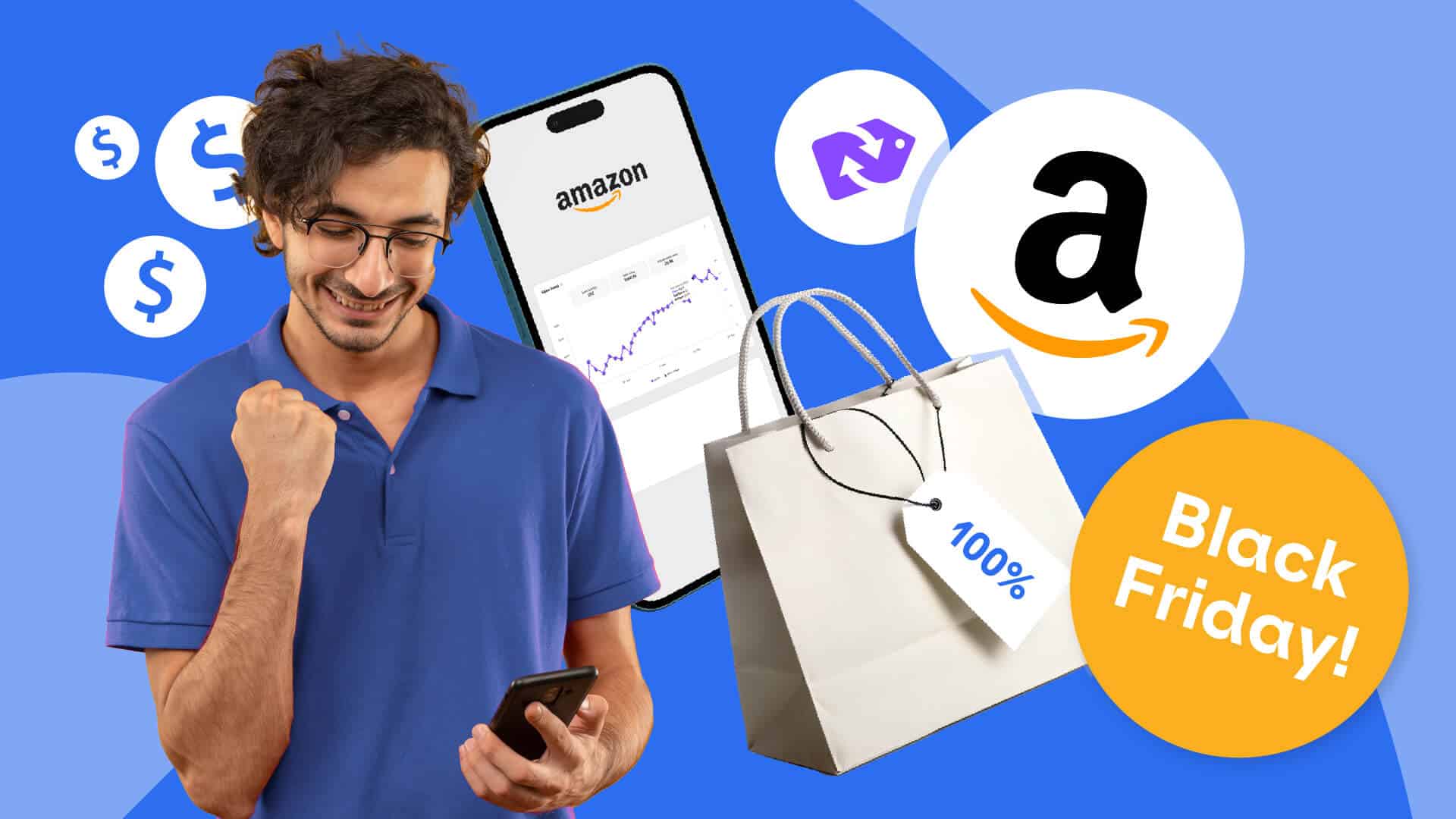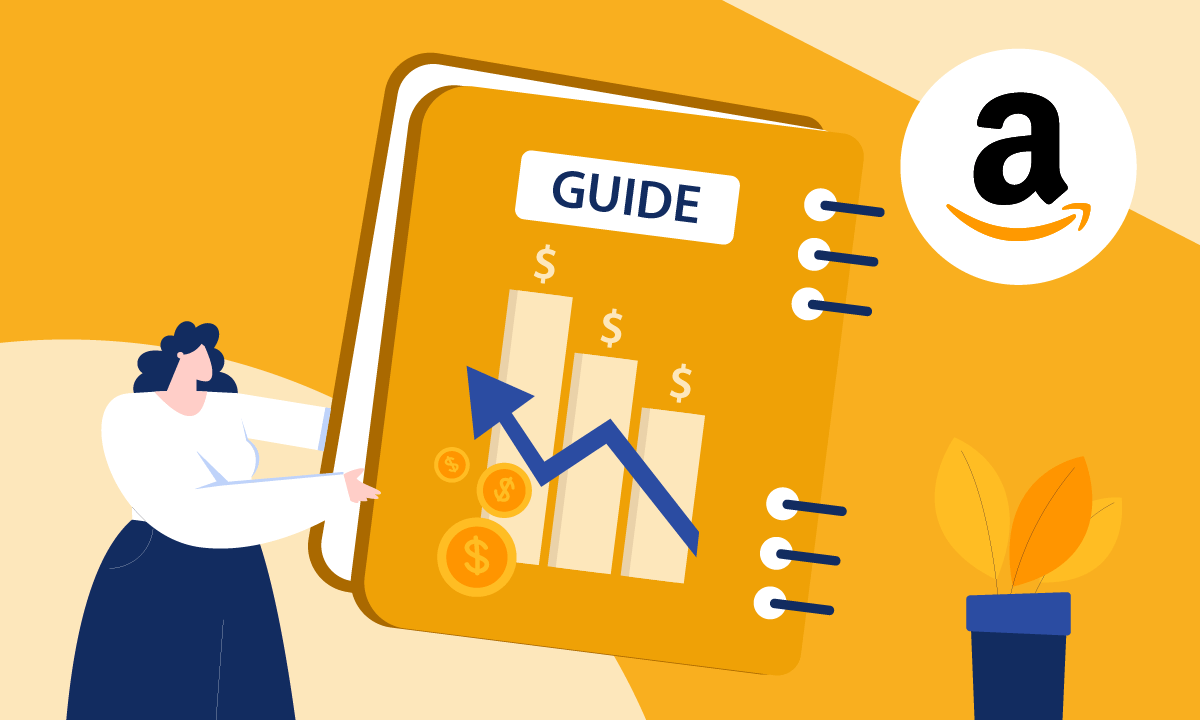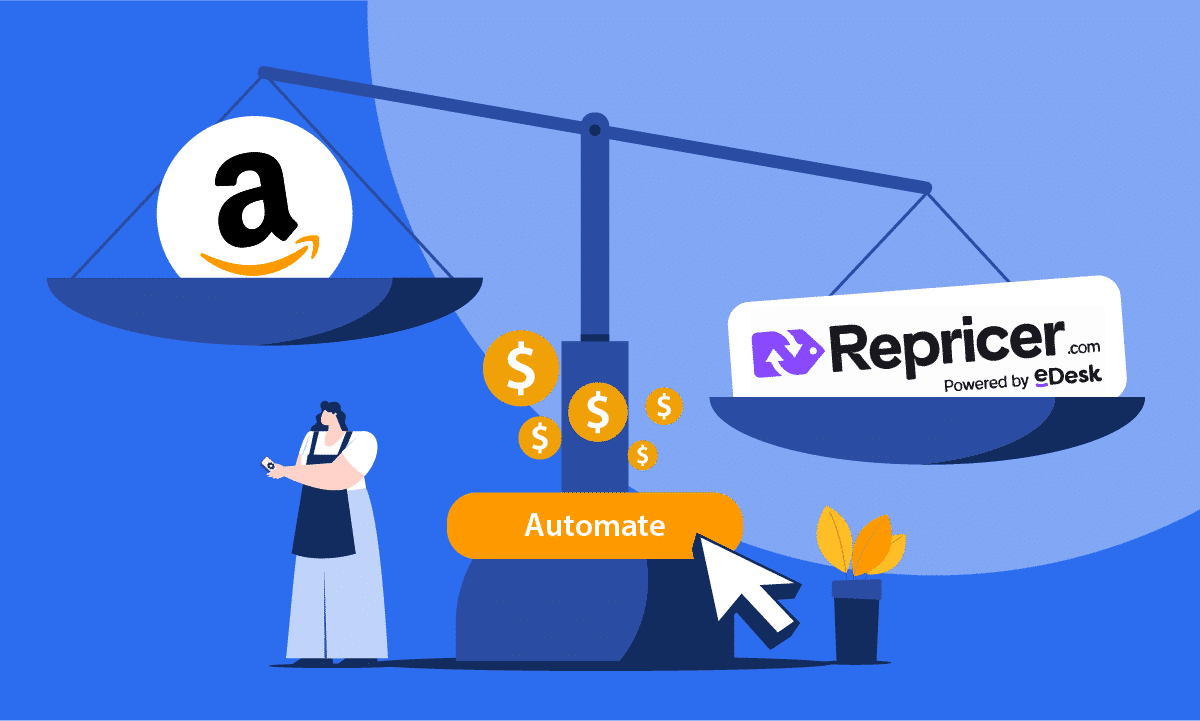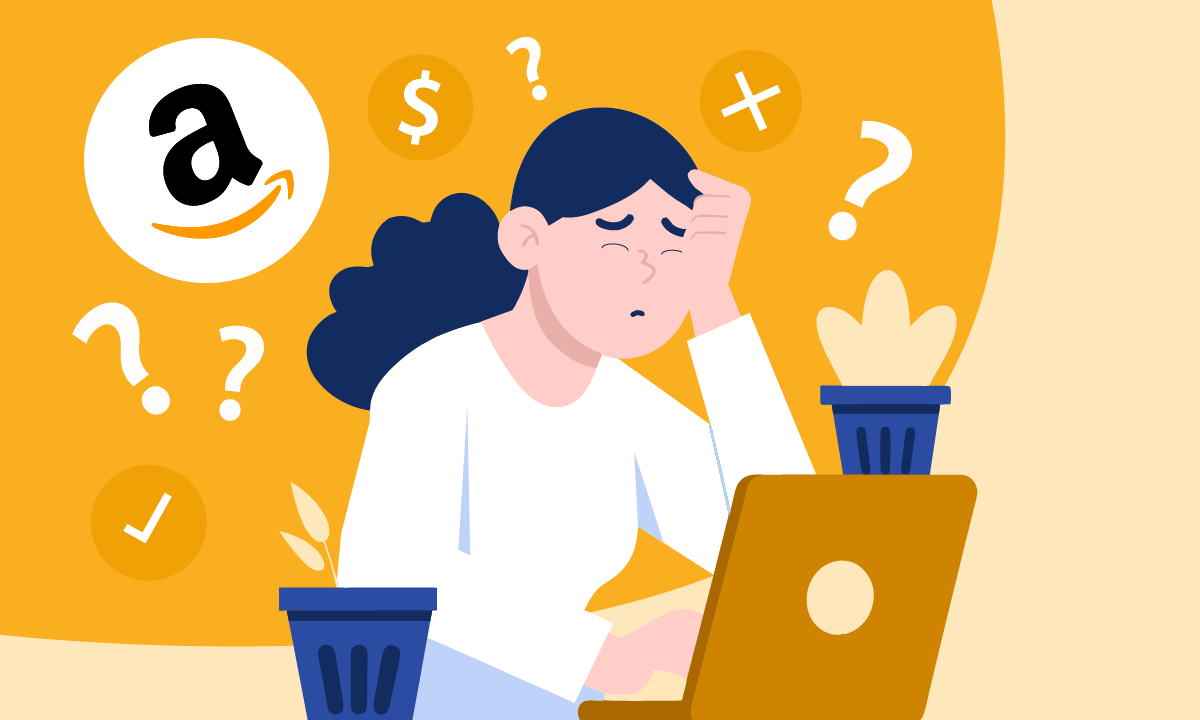Having trouble deciding how your eCommerce business will fulfil orders? In the current market with supply chain disruptions and inventory shortages this can be challenging. So you might be wondering what’s best – Amazon FBA or dropshipping?
Before we look into what Amazon FBA (Fulfilment by Amazon) and dropshipping are and the pros and cons around them, let’s consider what they aren’t.
Amazon FBA (Fulfilment by Amazon) and dropshipping don’t involve scenarios where you, as the seller, are fulfilling the orders on the goods that you’ve sold.
In simplistic terms, if you’re fulfilling your orders yourself, you’re likely to be having to securely pack your customer’s purchase, fill out any relevant forms and pay for shipment, wait for your courier or postie to pick it up, advise the customer their purchase is on the way – and deal with any customer enquiries around the progress or status of the shipment. And, heaven forbid, deal with any customer returns too.
We’ve probably missed a few aspects there, but hopefully, you get the gist that it’s all down to you. In Amazon speak, if you’re doing the packing and posting on your own, you are to them an FBM seller. That’s Fulfilment by Merchant.
Yes, there’s a lot to do if you’re doing it on your own. This ‘you’ might be just you or ‘your team’, depending on the size of your eCommerce business. And you can multiply this workload by an eye-popping amount if you have lots of products that are selling like hotcakes.
Fulfilling your orders can be a challenge. It’s an activity that can gobble up your time, time best spent on what you’re in the game for – selling. So, ask yourself why you’re packing boxes when you could be marketing and selling!
Enter the concept of getting someone else to do the fulfilling for you! That’s Amazon FBA and dropshipping, the two main alternatives to FBM. (There is a third slightly different variation of getting someone else to do it for you, called 3PL, but we’ll deal with this later to keep the current acronym count down.)
Let’s take a closer look at what FBA and drop-shipping are and the advantages and disadvantages of each.
What is Amazon FBA?
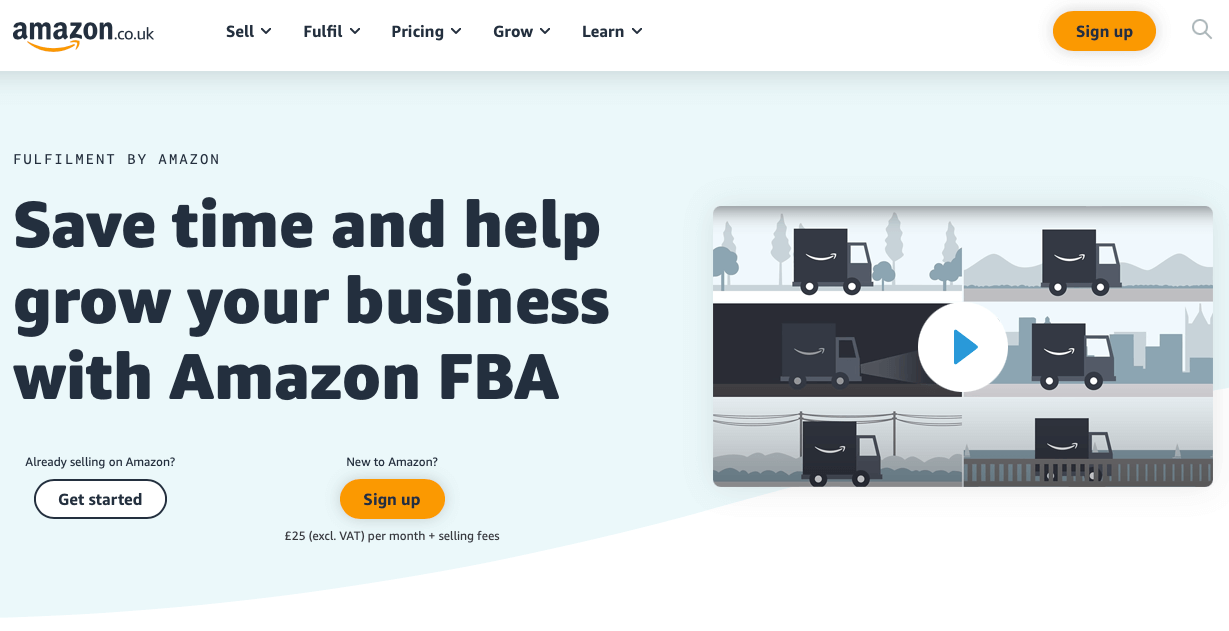
Fulfilment by Amazon (FBA) is a service you can use to outsource your order fulfilment to Amazon. You send your products – before you’ve sold them – to Amazon fulfilment centres (or ‘warehouses’, though Amazon isn’t a fan of that term). When a customer buys one of your products held by Amazon, the Amazon team get it off the shelf, pack it and ship it. They can also help on the customer service front and even process any returns for those orders.
Wonderful. But as you’ll already no doubt be aware, there’s no such thing as a free lunch. You pay Amazon for this service. This is, in effect, taking a slice of your profit.
When considering FBA, and indeed dropshipping, you’ll need to look closely at the sums to see if it’s still worth your while. What your product actually is, the product packaging (not the dispatch packaging), and your product size and weight can affect what you end up paying Amazon.
You want them to store big or heavy boxes and fulfil the orders for them – they’ll charge you more. Look at their tariff, you might be able to reduce your product box size or weight to squeeze into a lower charging tier.
Note: Roughly speaking, if you have a small heavy box, they might charge you for the weight. If you have a big light box, they’re likely to charge you for the size.
Related: How to Control Inventory Storage Costs for Amazon FBA Sellers
Finally, as the big player in its own big market, Amazon has lots of bells and whistles that can benefit you directly. Shipping promos and Amazon Prime to name just a couple. They might also tend to ‘favour’ or rather ‘help’ their FBA suppliers over their FBM ones, which would make sense as they make more money. There are some Amazon marketing benefits you can also take advantage of if you’re an FBA supplier.
FBA to Amazon is their natural stomping ground. Packing and shipping stuff is what they do. And they’re good at it too. Because customer service is so critically important to them, you’re in safe hands as far as the fulfilling of your orders is concerned. Bear this in mind as we have a look at dropshipping.
What is Dropshipping?
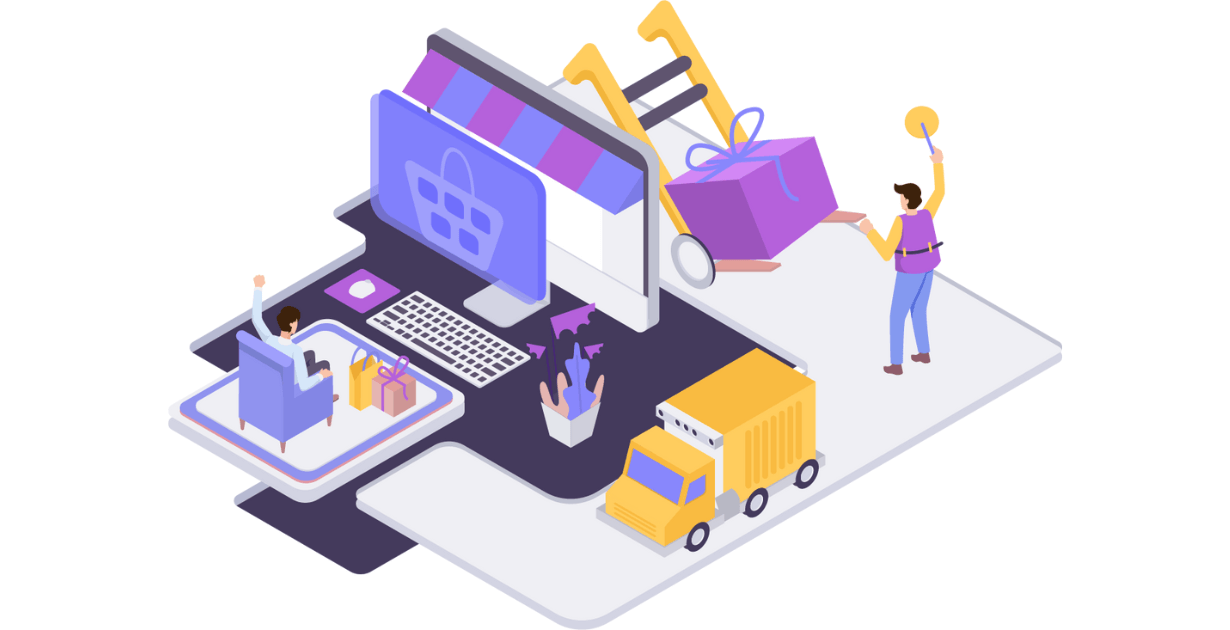
The main dropshipping scenario is one where you’re selling a third party’s product, and they’re packing it and sending it directly to your customer. This third party could be a wholesaler, manufacturer or another retailer.
This, like FBA, is great in that you aren’t having to fulfil orders. It’s also great because you aren’t having to buy stock of the product and pay to ship it into a warehouse to wait to be sold. It’s kind of like FBM, only you’re the middleman and aren’t involved in the fulfilment. Get it right, and it can be a lovely low-cost way to run your eCommerce business.
One thing worth noting about dropshipping at this stage is that you’re one step removed from the action. In other words, you aren’t in the communication loop with the customer who is being fulfilled. You aren’t ‘in control’ of the relationship in that respect. It’s likely your brand has nothing to do with the shipment.
This can be fine unless something goes wrong. That sort of something could be sloppy shipping by the third party, delayed deliveries or unrefunded returns – you can’t step in and firefight on any of these. This is, arguably, being a bit alarmist, and it’s very much a worst-case scenario – most dropshipping set-ups are well established and appreciate the nuances around customer service and prompt fulfilment.
And, importantly you keep those costs down!
Advantages and Disadvantages of Amazon FBA
| Advantages of Amazon FBA | Disadvantages of Amazon FBA |
| Efficient fulfilment Amazon are so good at this; it’s what they do. They have a solid reputation, and you can rely on them. | Stock management In holding your stock, Amazon have a hold on you. They can ‘grumble’ and react if you aren’t selling fast enough for their liking. |
| Reliable and robust packaging Amazon has high standards, and you can be assured that your product will arrive in good shape. In the unlikely event that it doesn’t, the power of Amazon will put it right – be it in the form of a no-quibble return or refund. | Stock means investment Yes, it’ll cost you. You need to have sufficient stock of your product made and then ship it to Amazon. And when it arrives at Amazon, they’ll be charging you for their fulfilment service. |
| One of the world’s biggest marketplaces There are advantages to being an FBA seller, and because they’re charging you a fulfilment fee and making themselves lots of money, Amazon can help you optimise your sales. | Limited growth of your customer base Because Amazon ‘own’ the relationship with the customer, you don’t get to build up a customer database. Customers out there might be loyal to your brand, but you won’t know them properly. |
| Superb customer service Happy customers are really, really important to Amazon. They have processes in place to efficiently manage returns, refunds and the customer experience. | You’re not the boss Amazon and its algorithms are very much in charge. This is fine unless they change something and you’re adversely affected. |
| No more headaches Amazon are real pros. You can confidently concentrate on developing your eCommerce business rather than getting bogged down in all that packing and dispatching. | It can be a bit of a jungle Amazon is a busy, busy marketplace. Selling in this space means you’re likely to come across some hefty competition. |
Advantages and Disadvantages of Dropshipping
| Advantages of Dropshipping | Disadvantages of Dropshipping |
| Lower costs, lower risks You don’t need bags of money to buy stock and another big bag full to pay fulfilment fees. This, in turn, is obviously less risk to your business. | Possible lack of product knowledge Being one step removed because you aren’t directly involved with the product might compromise your sales, marketing and customer service. For example, you might sell the product as only in blue when actually it’s also in the more popular green, grey and yellow. |
| Easy fulfilment You hardly need to do anything – your supplier will fulfil your orders as they come in. | Likely lower returns per product sale You haven’t paid to have the product made and invested in putting it up for sale. The market and your competitors will likely determine your price and subsequent margin. |
| The world is your oyster In theory, with drop-shipping partners in place you can sell just about anything and lots of them – again, at very low cost. It’s unlikely you’d be able to buy all the products in stock. | No customer contact A bit like Amazon FBA, you don’t get to know the customer and capture their details for your growing customer base |
| No more headaches This one again. Someone’s doing all that packing, shipping and customer service for you, so you can concentrate on selling. | You’re relying on a third party or parties You know the high standards of Amazon; you perhaps can’t be as assured with other third-party fulfilment set-ups. |
| Not all your eggs are in one basket Once you get going and you have multiple products spread across multiple suppliers, you’re less vulnerable than you would be with just one or two products. | It’s also a bit of a jungle It’s likely you won’t be the only seller dropshipping that product, and it could be very competitive. It might also be hard to keep track of competitors’ prices. |
And there you have it, some headline advantages and disadvantages of Amazon FBA and drop-shipping. But, we also mentioned 3PL earlier. Let’s take a quick look at that before concluding.
Third-party logistics services (3PL)
This is something that should prick up your ears if you have your own product or stock of a product (rather than selling someone else’s product).
You can use a 3PL to look after your fulfilment. You ship your product to them and have a say in how you want your product fulfilled, i.e in a certain type of package with your branding or within a certain shipping time. You can also arrange to be the one managing the customer relationship, unlike Amazon FBA and drop-shipping. That means you can get to grow that customer database you’ve been longing to get going!
The main disadvantage? It’s likely you pay the 3PL a regular storage fee plus ad-hoc fulfilment fees, and it’s risky in that you could end up with a lot of stuff in storage costing you money.
A quick aside, if you’re in the Amazon game as an FBA seller. Using a 3PL that offers Amazon prep services can be quite handy if you have more stock than Amazon will allow in at one time. For example, they might say they’ll only stock twenty of your product at a time when you have 100. You can arrange for a 3PL to store them and send in top-up stock to Amazon as it’s needed.
Amazon FBA versus Dropshipping – Conclusion
You want us to choose one over the other, don’t you? Well, we can’t do that for you as every business is individual and we don’t know exactly what your product or brand is or anything about your business plan or model. We do have some tips, though.
The first is that if you haven’t got the capital to spare, it’s likely the decision is made for you – dropshipping.
The second is, if you do have some capital to spare, take a look at the product or potential product you’re selling or planning to sell. It’ll tell you what fulfilment route to follow. Then do your sums to make sure you’re shipshape and get cracking!
